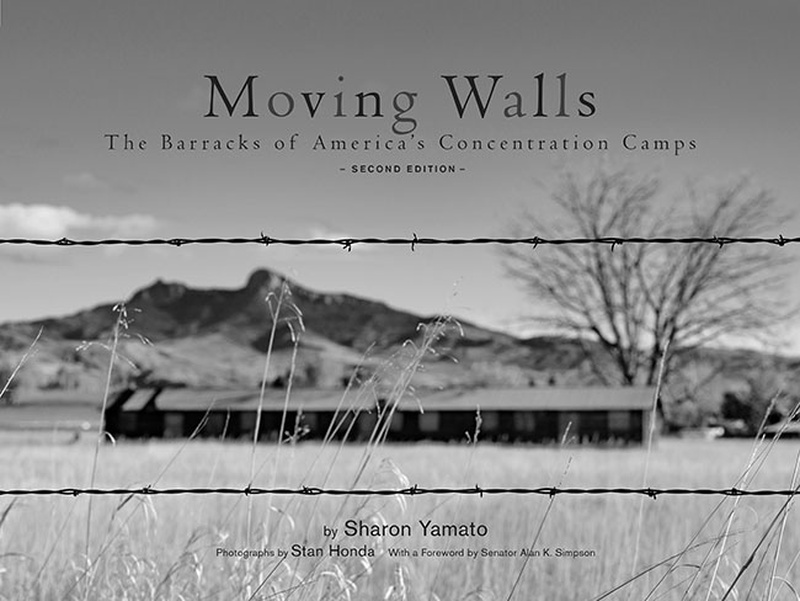Sharon Yamato is truly a lovely person. She is also a lyrical writer, a seasoned journalist, a capable historian, a skilled interviewer, an accomplished curator and a talented filmmaker. The daughter of parents who were World War II prisoners in the Poston Relocation Center in Arizona, she was born after the war in the Japanese American resettlement community of Denver, Colo., and thereafter raised and educated in Los Angeles. While coming of age, Yamato shared with many others in the Sansei generation an unawareness of her family and racial-ethnic group’s unjust wartime exclusion and incarceration experience. In 1976, however, she was awakened to the harsh reality of this event when she read a powerful rendering of it in a landmark book written by a camp survivor, Michi Nishiura Weglyn: Years of Infamy: The Untold Story of America’s Concentration Camps. This work, plus a personal encounter with Weglyn some years later, catalyzed Yamato’s now distinguished career, which includes three documentary films — Out of Infamy: Michi Nishiura Weglyn (2010); A Flicker in Eternity (2013); and Moving Walls: American Nightmare to American Dream (2017) — and three books — Moving Walls: Preserving the Barracks of America’s Concentration Camps (1998); Jive Bomber: A Sentimental Journey (2010); and the volume that is here under review. What unites all of Yamato’s productions is her fervent desire to enlighten consumers about a very dark episode in America’s past, but in a manner that accurately communicates its horrors and ominous forebodings while at the same time offering a positive message of uplift and even triumph.
The revised version of the book first tells this story, but then shifts its focus to the after-the-war transformation of onetime Heart Mountain barracks by Wyoming homesteaders and their offspring families into homes, garages, storage sheds, and even apartment buildings, community centers, and a variety of other repurposed structures. To properly communicate this dreamlike story of the adaptive reuse of the Heart Mountain barracks by enterprising postwar pioneers, Yamato undertook intensive fieldwork in the area of Wyoming surrounding the wartime camp. This included locating the renovated structures, clarifying the salient details of the Heart Mountain wartime story and its postwar legacy within Wyoming, and conducting interviews with the current occupants of the transfigured barracks to gather what they today remember, think, and feel about the Heart Mountain camp, and beyond that, the Japanese American incarceration. Fortunately, Yamato has eloquently captured for posterity the content and context of her Wyoming fieldwork, which here merits accession and reflection.
With a foreword by former Wyoming U.S. Sen. Alan K. Simpson, who lived cheek by jowl with the Heart Mountain camp during his World War II Cody, Wyo., boyhood, and a panoply of spectacularly moving photos by award-winning photographer Stan Honda — his Nisei parents, like Yamato’s, were Poston inmates — Moving Walls: The Barracks of America’s Concentration Camps is a literary, aesthetic, and historical jewel. Furthermore, this book is now augmented by a film (Moving Walls: American Nightmare to American Dream) and a special traveling exhibit (Moving Walls: Heart Mountain Barracks in the Bighorn Basin) that opened in September 2017 at the Heart Mountain Interpretive Center in Powell, Wyo. Community organizations that could mount programs featuring all three of these interrelated and interpenetrating productions would be more than triply blessed.
MOVING WALLS: THE BARRACKS OF AMERICA’S CONCENTRATION CAMPS
By Sharon Yamato
(Washington: National Park Service, 2017, 64 pp., $19.95, paperback)
*This article was originally published by Nichibei Weekly on July 19, 2018.
© 2018 Arthur Hansen / Nichi Bei Weekly








